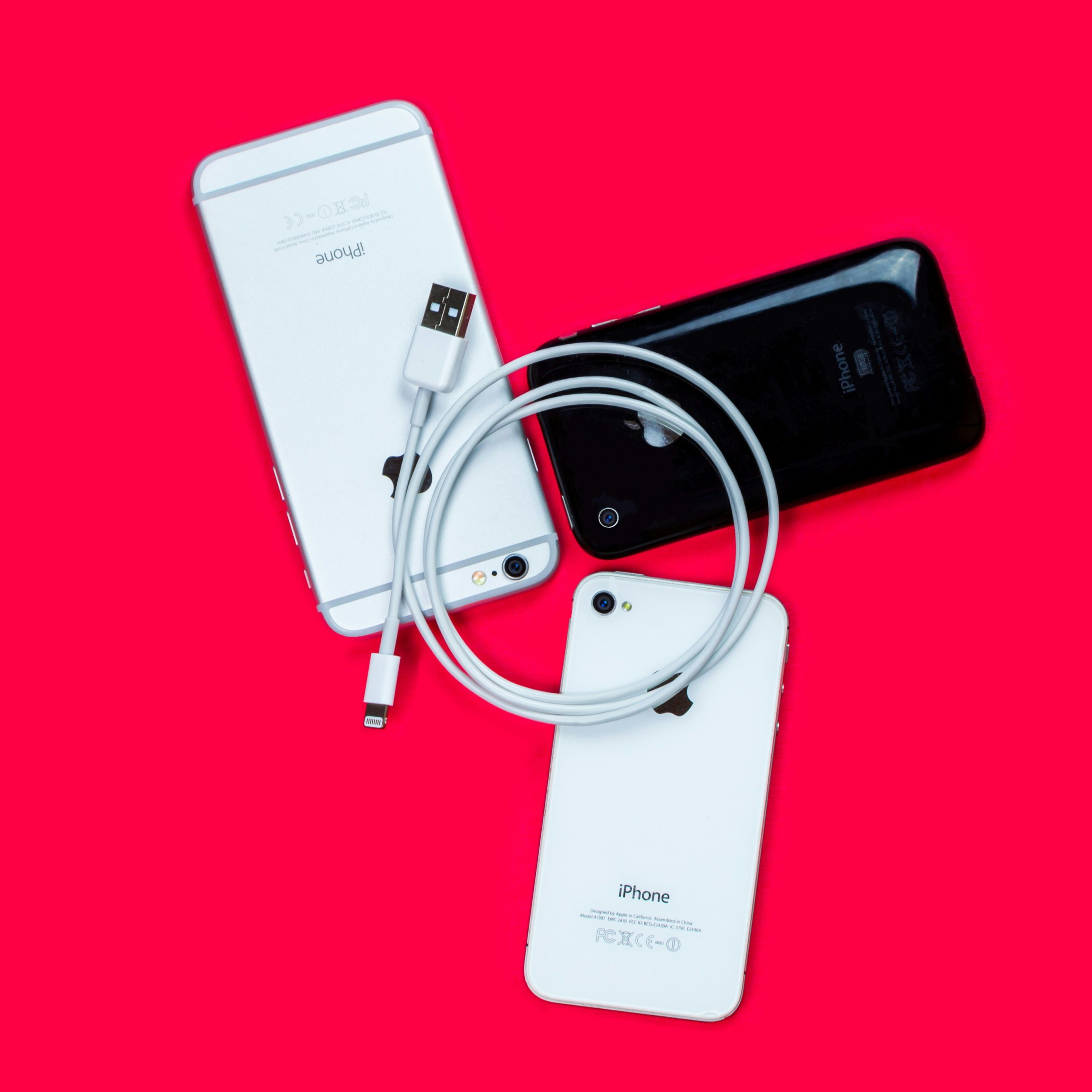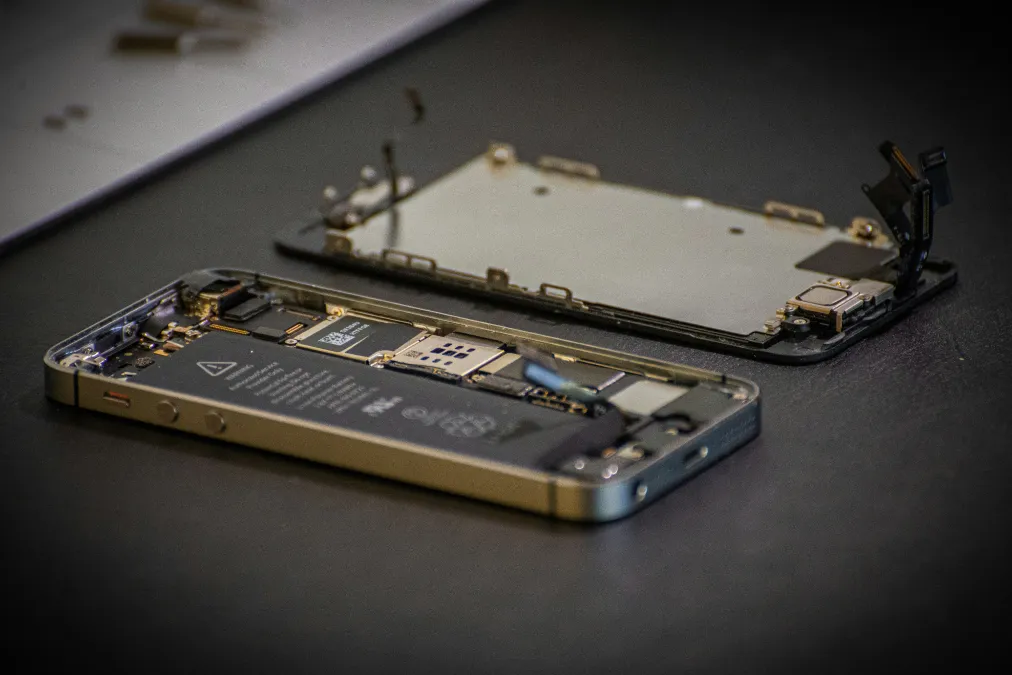Recent research has revealed that an astounding 3.6 million households in The Netherlands alone currently own one or more Apple Lightning cables. While these cables remain in widespread use, a major shift is on the horizon as Apple transitions to USB-C with the launch of the iPhone 15. This transition, largely driven by the European Union’s push for a standardized charging method, marks a pivotal change in the way users will power their Apple devices.
The average lifespan of an Apple iPhone globally is approximately three years. By 2026, millions of these once-ubiquitous Lightning cables are likely to become obsolete, potentially contributing to a significant increase in e-waste. If improperly disposed of—such as being discarded with general household waste—these cables could introduce considerable amounts of plastic, zinc, and copper into the environment. Previous studies indicate that the average Dutch household owns 7.8 charging cables, the majority of which are Lightning cables. As the shift to USB-C accelerates, the need for proper disposal of outdated Lightning cables becomes increasingly urgent.
Environmental challenge and managing e-waste
Designated recycling centers offer a suitable solution, providing a safe drop-off point for old cables. Retailers and refurbishers also have a significant role to play in this process. One potential solution could involve requiring customers to turn in their old Lightning cables when purchasing a new device. This initiative would help curb the environmental impact of e-waste, paving the way for a more sustainable future as USB-C becomes the new standard.
A broader market challenge: stockpiled Lightning cables in the channel
The problem extends beyond the individual consumer. Millions of Lightning cables are likely stored in warehouses worldwide, waiting to be shipped to potential customers—a fate that may never come to pass as the market shifts towards USB-C. This surplus of obsolete cables represents a significant challenge for businesses in the mobile phone accessory industry.
Nick Skelly, president of Simple Cell Inc., an American company founded in 2008 that prides itself on bringing significant savings to its customers by matching supply with demand, recently highlighted this issue in a LinkedIn post. According to Skelly, because of the USB-C transition, Simple Cell is looking to dispose of over 150,000 USB-A to Lightning cables, either through recycling or reuse. And more companies will follow.
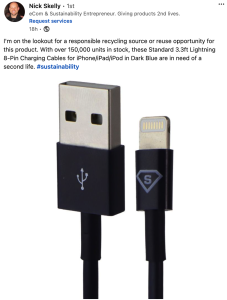
Moving forward
As Apple and the broader tech industry are forced to move to USB-C, the challenge of managing outdated technology becomes increasingly pressing. The transition offers an opportunity to address the environmental concerns associated with e-waste, particularly in the context of obsolete charging cables. By promoting responsible disposal practices, encouraging recycling, and incentivizing the return of old cables, the industry can mitigate the environmental impact of this transition.
For businesses, this moment also calls for innovation and adaptability. Companies like Simple Cell Inc. must navigate the shifting landscape by finding sustainable ways to manage their stockpiles of outdated technology. Whether through recycling initiatives or innovative reuse strategies, the transition to USB-C could ultimately serve as a catalyst for a more sustainable future in the tech industry.
Market
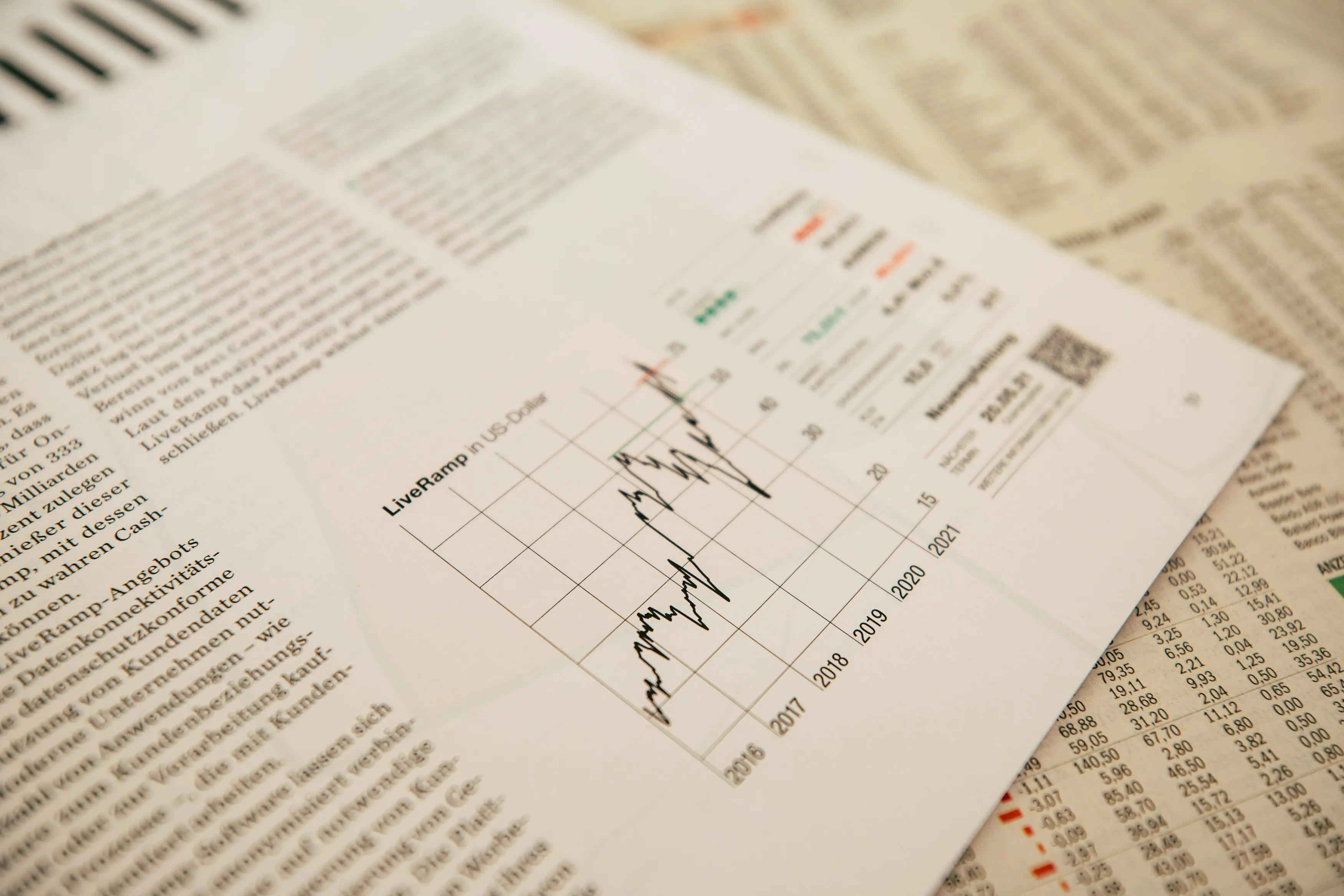
Trade-in
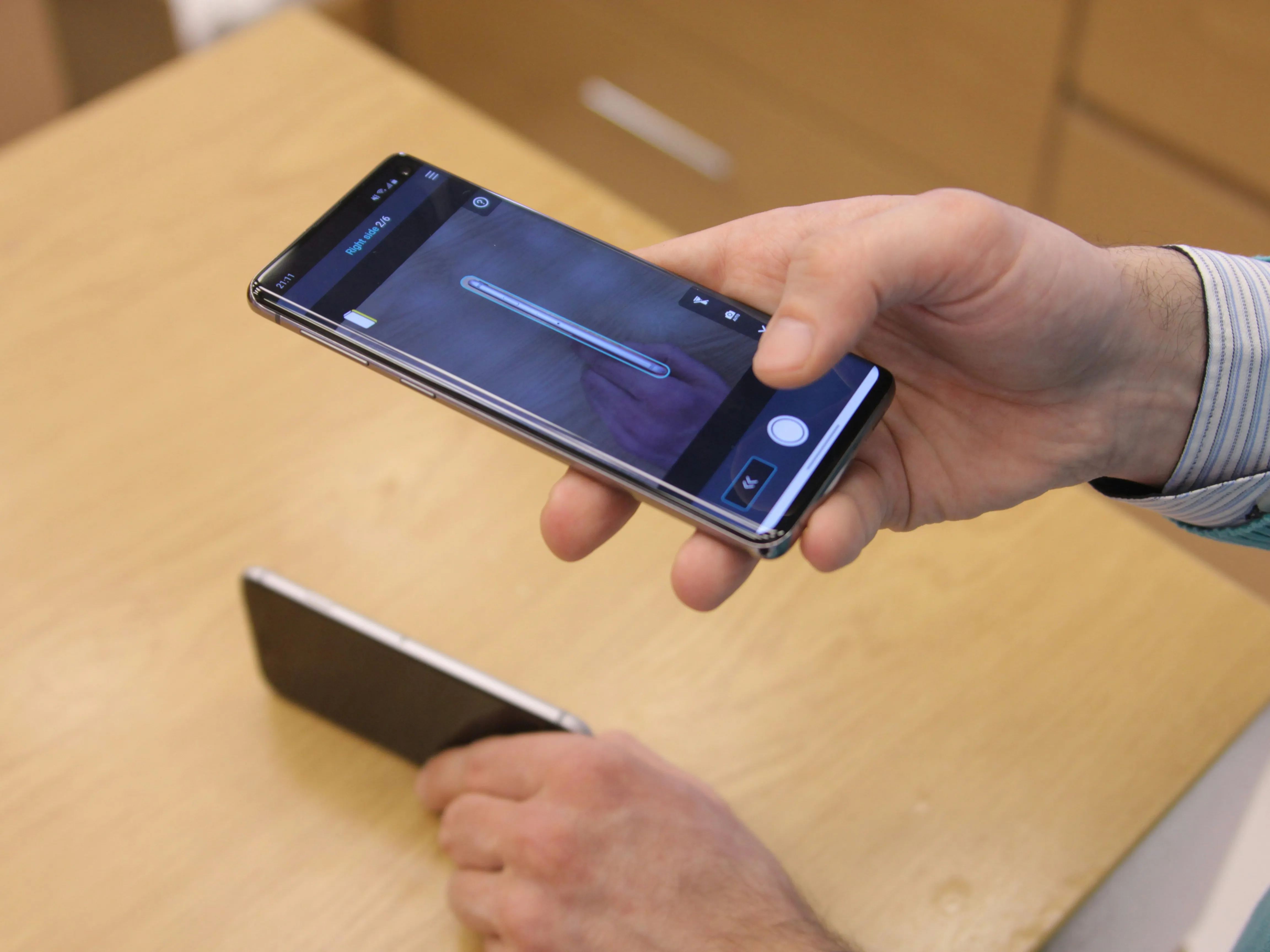
Repair
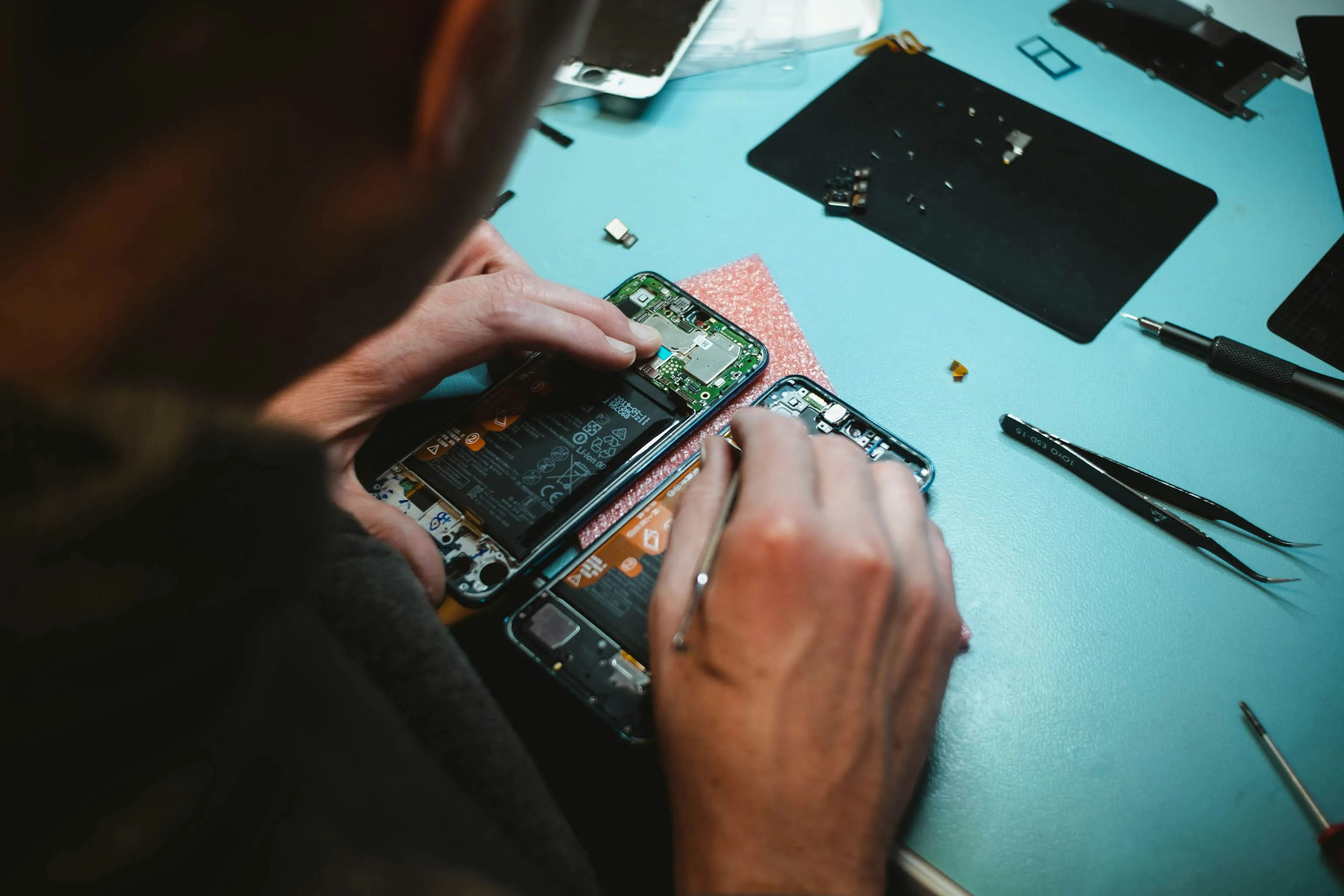
Interested in the global market for used electronics?
From now on, you'll never miss a thing and can easily stay up to date with the latest developments in the secondary market. Sign up today for the newsletter from secondarymarket.news. It's filled with the latest news, trends, developments, and gossip. Stay informed and don't miss out on anything!
Daily (except on Sundays), you'll receive the latest news from the global secondary market straight to your inbox after registering. This way, you'll always stay up to date with the latest secondary market developments and trends.


